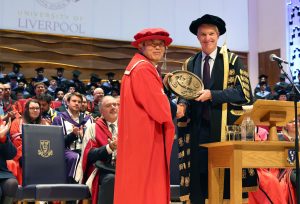20 May 2025
On May 16, 2025, Professors from the prestigious State Key Laboratory of Precision and Intelligent Chemistry at the University of Science and Technology of China (USTC) visited the School of Science and the Advanced Materials Research Centre at Xi’an Jiaotong-Liverpool University (XJTLU). Together, they co-hosted the symposium titled "When Artificial Intelligence Meets Chemistry – A Joint Symposium on AI Robotic Chemist Research between XJTLU and USTC." The event featured insightful presentations and in-depth discussions on a wide array of topics including artificial intelligence and innovations in chemistry and science, marking an inspiring and successful academic and research exchange.
Opening Remarks: A Vision for Collaborative Breakthroughs
Professor John Moraros, Dean of SCI, XJTLU, warmly welcomed the USTC delegation and delivered his opening remarks. “It is an honor to host USTC’s global-leading team at XJTLU for this groundbreaking initiative,” he stated. “Both institutions are pioneers in cutting-edge scientific research. This symposium helps showcases our shared expertise, commitment to scholarly excellence and also sets the stage for future research collaborations. We are dedicated to driving transformative advancements in chemistry through AI and robotics, aiming to redefine the frontiers of the digital-intelligent era in science.”
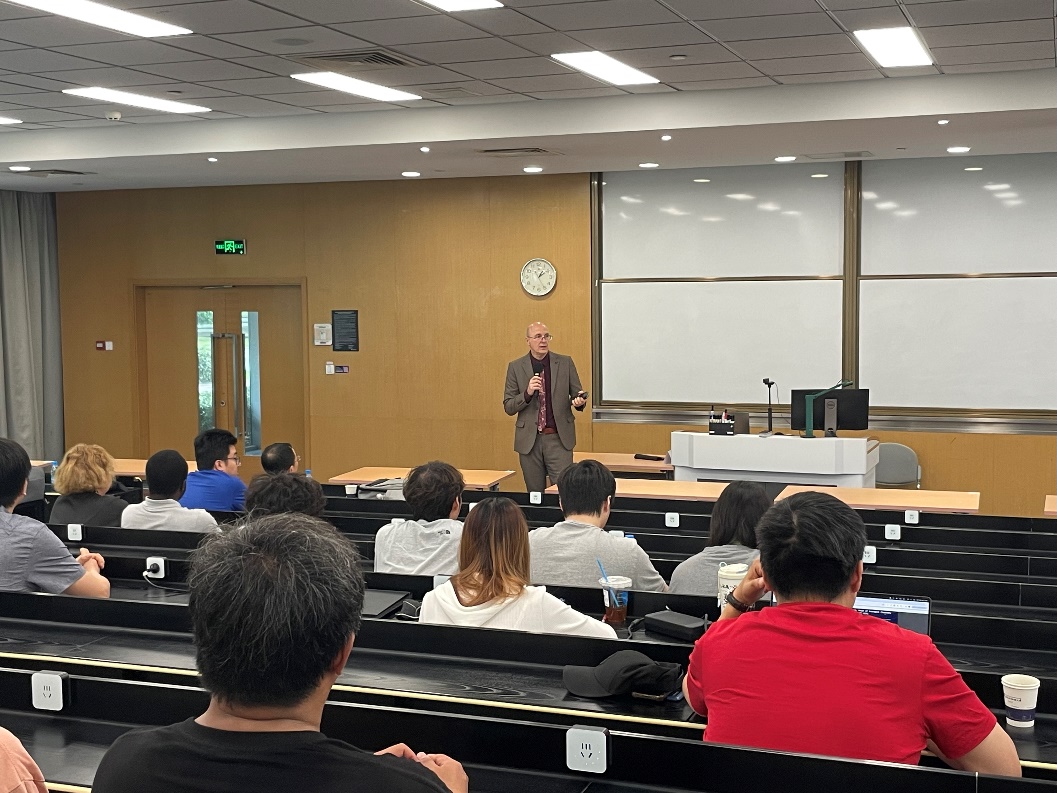
Professor Li Yang, Associate Dean for Research and Impact of SCI, and Director of AMRC, XJTLU, emphasized the symposium’s significance. “The integration of AI and robotics is revolutionizing chemical research, enabling autonomous experimentation, data-driven discovery, and intelligent decision-making,” she noted. “Collaborating with USTC’s world renowned experts allows us to synergize our strengths and deliver high-impact innovations in AI-driven chemistry.”
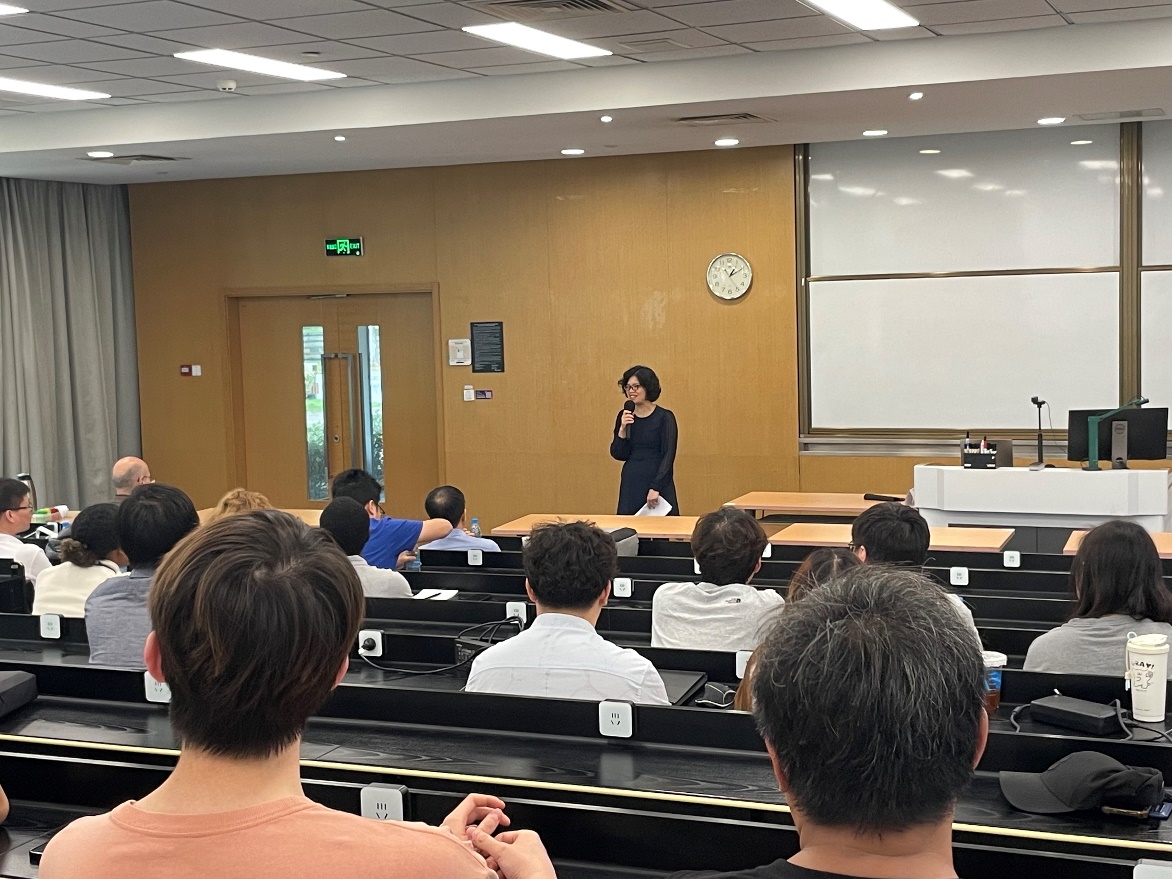
Keynote Presentations: Pioneering Insights
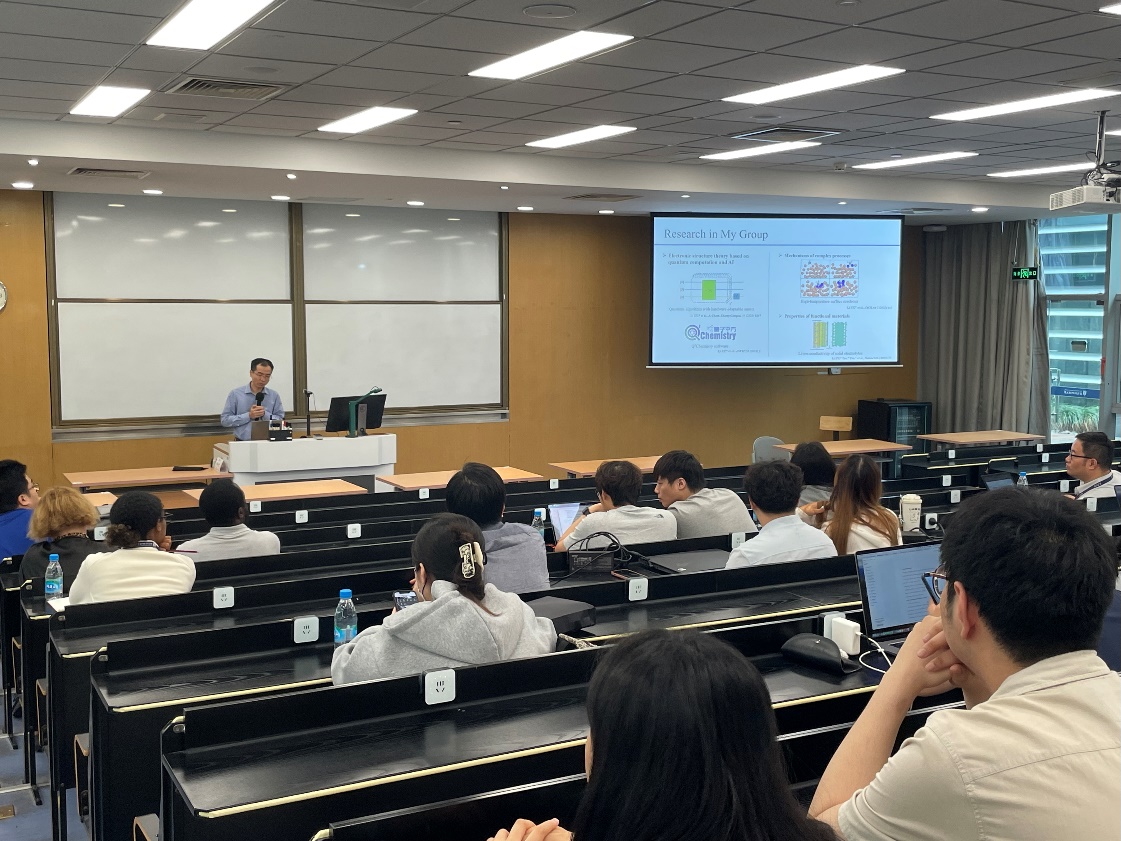
During the keynote speech session, Professor Zhenyu Li, Director of the State Key Laboratory of Precision and Intelligent Chemistry, USTC, delivered a strong and insightful presentation on the topic of "Non-Monomeric Evaporation in Molecular Clusters with Ring Reconstruction Mechanisms." He began from theoretical foundations and experimental techniques, providing a detailed introduction to the research progress and achievements of the USTC team in critical areas such as computational chemistry, materials science, and nanotechnology. He also shared his outlook on future directions and pathways including optimization algorithms, development of new materials, and environmentally friendly applications. In the Q&A session, Professor Li addressed the core of the questions from aspects such as thermodynamic stability, kinetic processes, and practical application scenarios. He emphasized the importance of interdisciplinary research collaboration and technological innovation. His responses received enthusiastic applause from the audience.
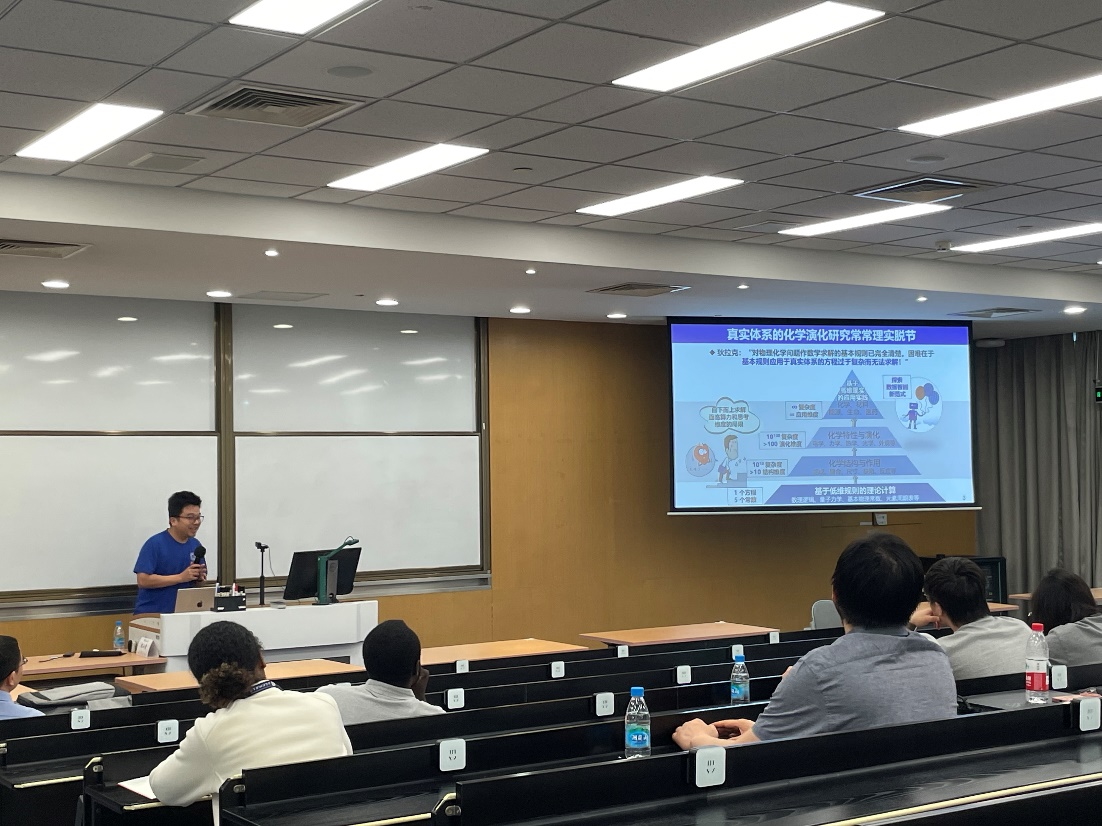
Subsequently, Professor Linjiang Chen, Head of the Intelligent Chemistry Research Division at the National Key Laboratory of Precision and Intelligent Chemistry, USTC, delivered a presentation on "A Multi-Agent, Multi-Robot, Multi-Task Autonomous Laboratory for On-Demand Chemical Research." Using the AI Robotic Chemist 1.0 system as an example, he vividly and engagingly explained the development of chemical evolution studies in real-world systems. He provided in-depth explanations on topics including autonomous experimental design, multi-task collaborative optimization, and data closed-loop construction. He also detailed the advantages and unique features of large-model-agent-driven AI Robotic chemists. During the Q&A session, Professor Chen engaged in extended discussions with several XJTLU faculty members and students on future directions in chemical discovery and materials science innovation as well as talent cultivation strategies.
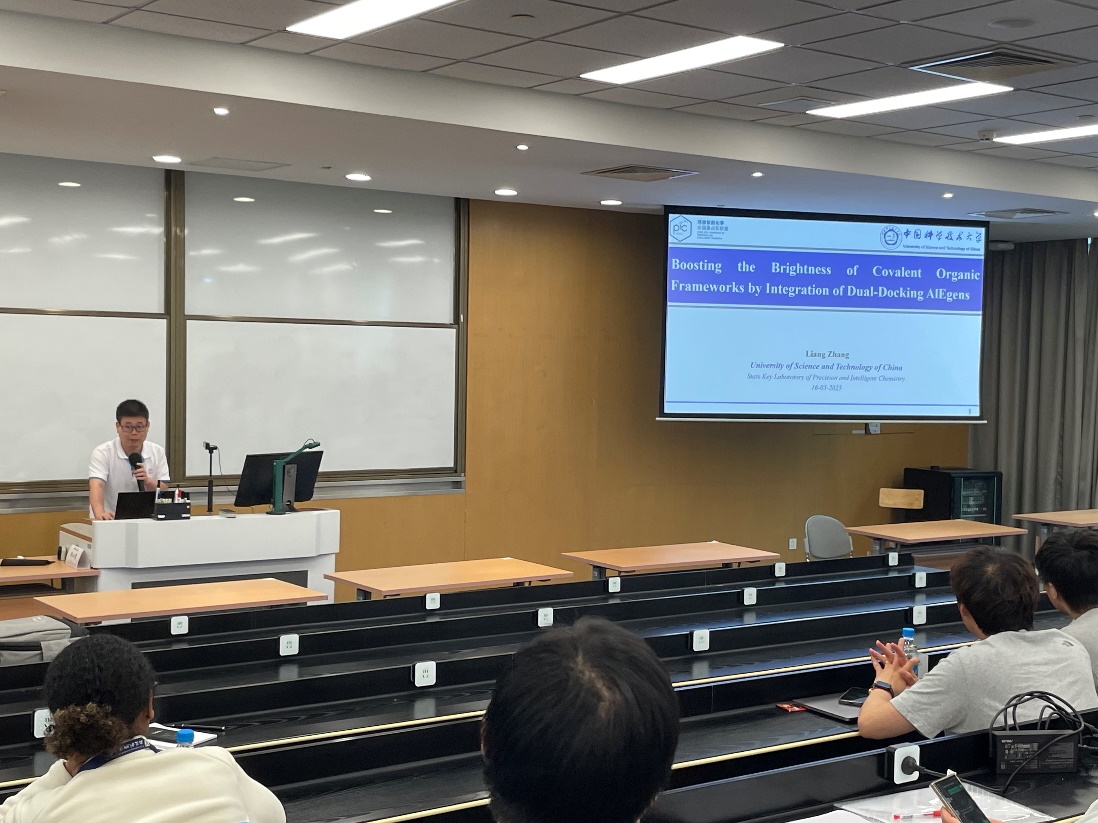
Dr. Liang Zhang, a full Professor at the State Key Laboratory of Precision and Intelligent Chemistry, USTC, presented a talk titled "Strategies for Enhancing Fluorescence Performance of Covalent Organic Frameworks (COFs) by Increasing Anchoring Sites." Starting from the background that fluorescence properties in COFs materials are generally insufficient, he provided an in-depth analysis of the principles behind fluorescence quenching in COFs materials and explored feasible pathways to enhance their fluorescence performance. Through his own research case studies, he illustrated the practical approach of introducing dual-anchor sites with aggregation-induced emission (AIE) monomers into the framework to further improve the fluorescence performance of the materials.
Roundtable Discussion: Synergizing Expertise
Following the keynote speeches, the event moved on to an interactive roundtable forum. Dr. Lifeng Ding, the Acting Head of the Department of Chemistry and Materials Science at the School of Science, XJTLU chaired the forum. Three guest speakers joined together on stage to engage in interactive discussions with the audience on topics such as artificial intelligence, innovations in chemistry and materials science. The XJTLU faculty members and students actively engaged in the face-to-face communication opportunities with the speakers. Topics such as "the reliability of artificial intelligence in experimental design," "how young scholars can adapt to the paradigm shift towards intelligent scientific research," and "challenges and pathways for transitioning chemical research from the laboratory to industrial applications" were further explored and discussed on-site.

Closing Remarks: A Collaborative Future
In her closing address, Dr. Lifeng Ding highlighted the exciting upcoming collaborations: “Beyond launching the joint AI Robotic Chemist Lab in our School of Science at XJTLU, we will deepen ties through PhD co-supervision and multidisciplinary research initiatives.” He thanked USTC’s delegation and attendees, concluding, “Today marks the beginning of a productive partnership and exciting journey. Together, we will unlock unprecedented possibilities for AI-powered chemistry to mutually benefit our academic institutions, China and the world.”
Content:Yihan Ren
Review:Professor John Moraros, Dr Lifeng Ding
20 May 2025
